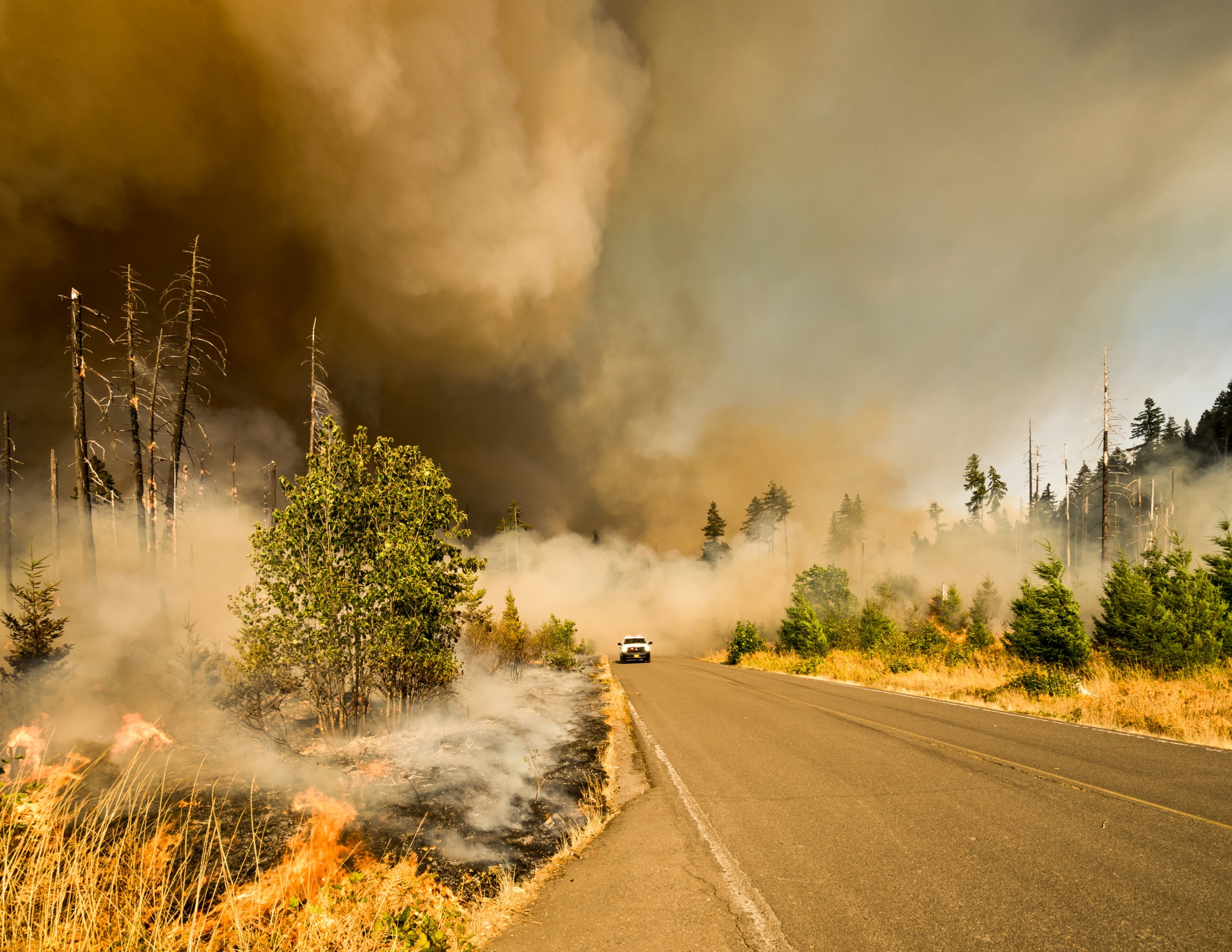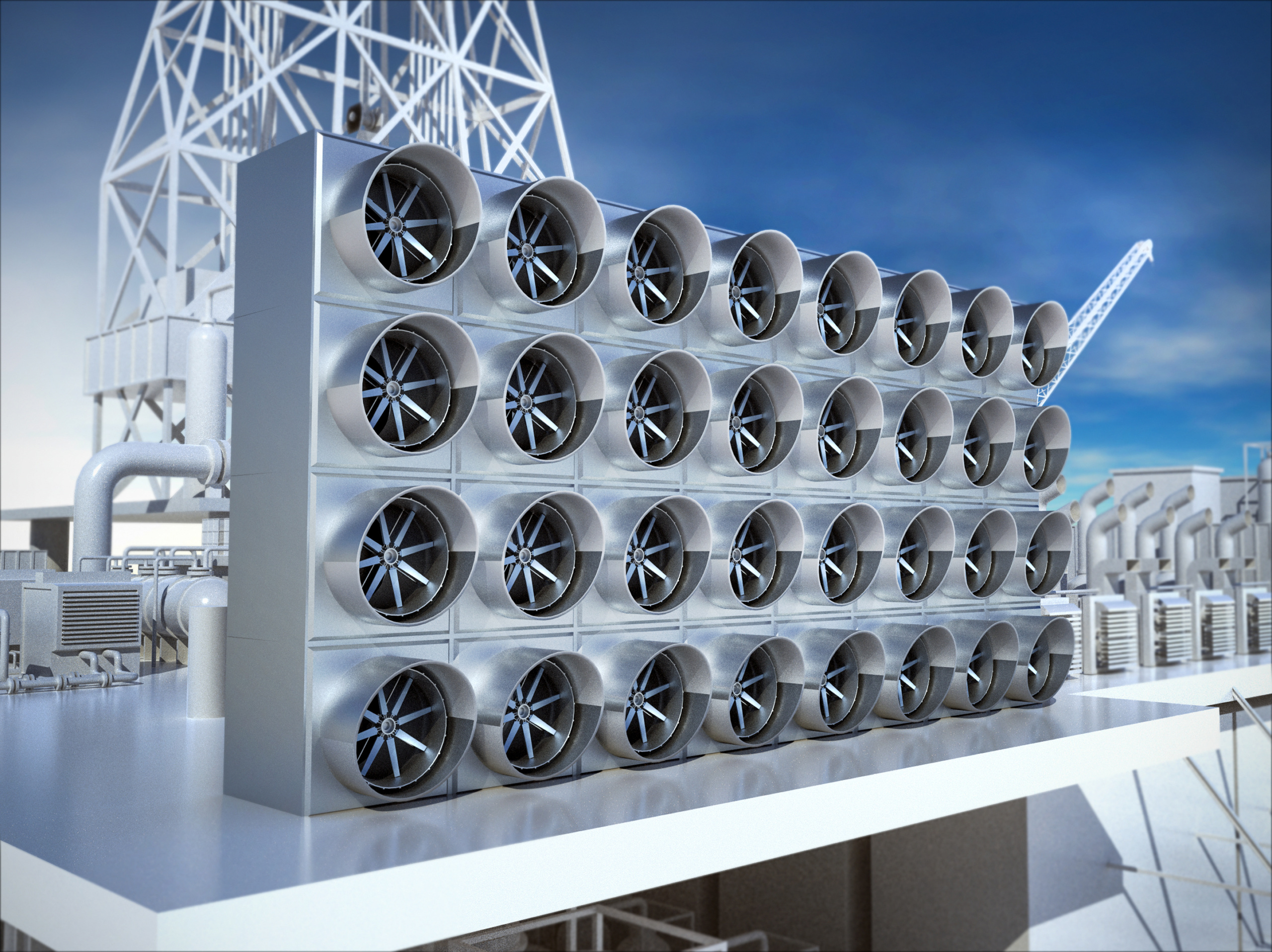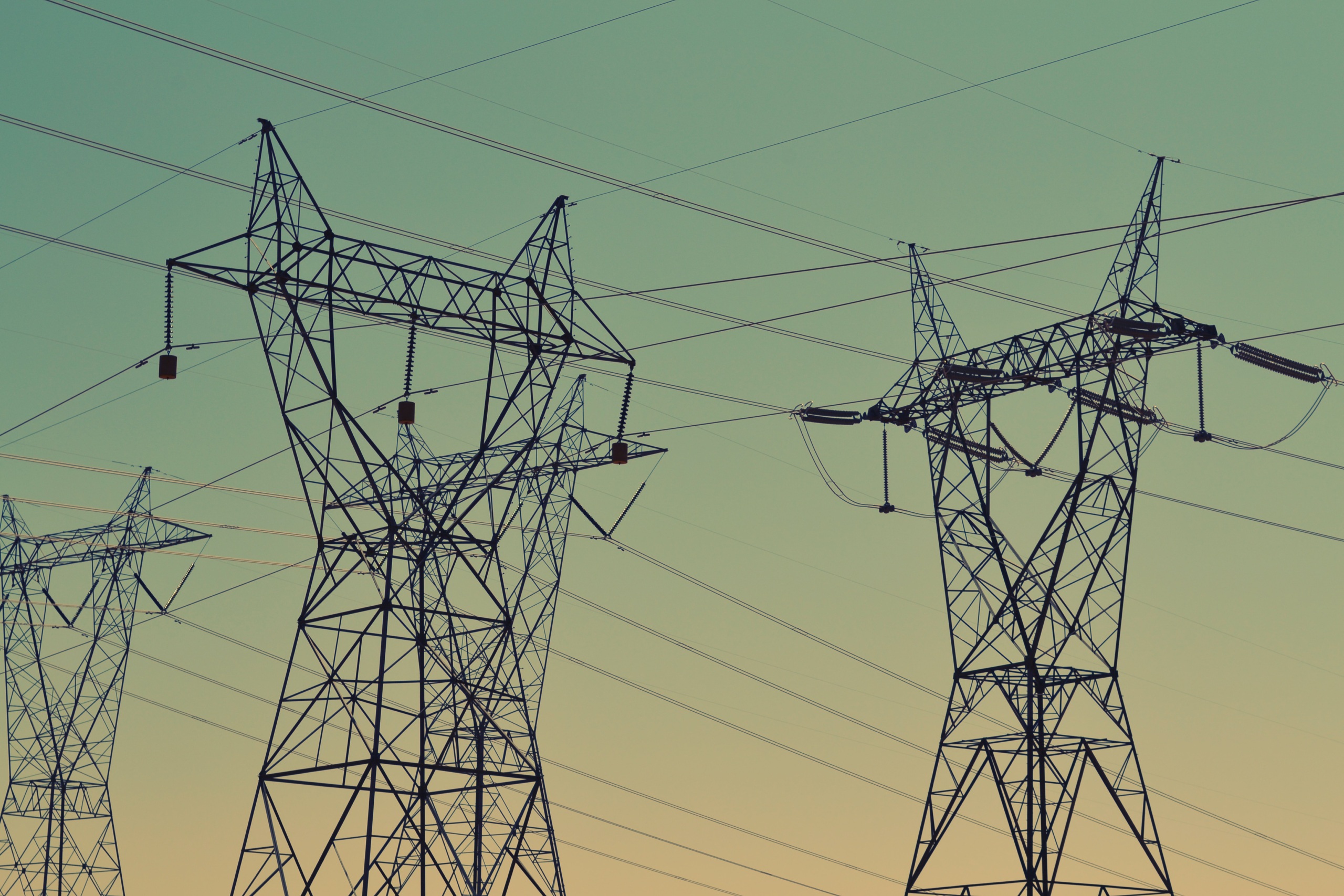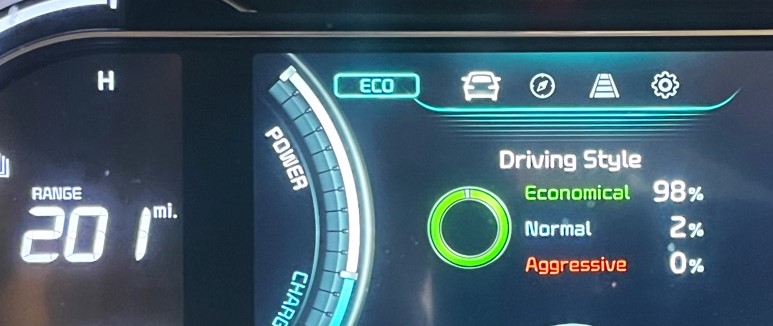
When It Rains It Pours
Global Warming and the Increase in Precipitation from 1948-2011
Downloads
Environment New Hampshire
Global warming is happening now and its effects are being felt in New Hampshire and across the country. Among the predicted effects of global warming is an increase in heavy rain and snow storms, fueled by increased evaporation and the ability of a warmer atmosphere to hold more moisture.
An analysis of more than 80 million daily precipitation records from across the contiguous United States reveals that intense rainstorms and snowstorms have already become more frequent and more severe. Since 1948, extreme downpours are now happening 20 percent more often – and they are producing a third more total precipitation.
An increase in extreme downpours has costly ramifications for the United States, with the potential to cause more flooding that jeopardizes property and lives. With scientists predicting even greater increases in extreme precipitation in the years ahead, the United States and the world must take action to reduce pollution that contributes to global warming.
Extreme rainstorms and snowstorms are happening more frequently.
• Extreme downpours – rain storms and snowfalls that are the largest experienced in a particular location – are now happening 20 percent more often across the contiguous United States than in 1948. (Our analysis covered the period from 1948 to 2011, which offered the most complete weather data.)
• New England has experienced the greatest change, with intense rainstorms and snowstorms now happening 60 percent more often than in 1948. New Hampshire, Maine, Massachusetts and Vermont all experienced increases in intense rain or snowstorms of more than 50 percent. (See Figure ES-1.)
• The change is also pronounced in the South, the Midwest and the Mountain West. In total, 36 states showed significant* increases in the frequency of extreme downpours. No state experienced a significant decrease.
The biggest rainstorms and snowstorms are getting bigger.
• Not only are extreme downpours more frequent, but they are also more intense. Across the contiguous United States, the total amount of precipitation delivered by extreme downpours per year increased by 35 percent between 1948 and 2011. (See Figure ES-2.)
• In New Hampshire, the amount of precipitation delivered by extreme rain and snowstorms per year increased by more than 250 percent. In Vermont, Maine, Massachusetts, and New York, yearly extreme precipitation totals doubled. Utah, Michigan, Wisconsin, Alabama, Washington, South Dakota, Ohio and Missouri all saw an increase in the rainfall or snowfall produced by the heaviest events of more than 50 percent.
Global warming – driven by pollution from the combustion of fossil fuels – is helping to fuel the increasing severity of downpours.
• The U.S. Climate Change Science Program – composed of a wide range of experts from the U.S. National Oceanic and Atmospheric Administration, NASA, and leading universities – has linked the increase in heavy downpours to global warming, calling it “one of the clearest precipitation trends in the United States”.
• The average temperature in the United States has increased by 2 °F over the last 50 years. Nine of the ten warmest years on record have occurred since 2000.
• Warmer temperatures increase evaporation and enable the air to hold more water. Scientists have found that the water content of the atmosphere is now increasing at a rate of about 1.3 percent per decade. The additional moisture loaded into the atmosphere by global warming provides more fuel for intense downpours.
Global warming will very likely drive future increases in extreme downpours, with a wide range of harmful consequences.
• Experts at the U.S. Climate Change Science Program project that heavy downpours are very likely to become more frequent and more intense with further warming. “Heavy downpours that are now 1-in-20-year occurrences are projected to occur about every 4 to 15 years by the end of this century,” while producing 10 to 25 percent more precipitation per storm, depending on location and on how slowly humanity reduces its emissions of global warming pollution.
• Extreme rain and snowstorms can damage property, crops and ecosystems. During the 20th century, floods caused more property damage and loss of life than any other type of natural disaster in the United States.
• Bigger and heavier rainstorms and snowstorms will not necessarily lead to more water being available. Indeed, scientists warn that some areas of the country may experience both bigger rain storms and a greater risk of drought, due to higher evaporation of soil moisture and longer dry spells between significant rainstorms.
To protect New Hampshire and the nation, we must rapidly and substantially reduce pollution that causes global warming.
• Federal and state governments should adopt and implement limits on global warming pollution capable of reducing emissions by at least 35 percent below 2005 levels by 2020 and by at least 85 percent by 2050. These emission reductions are broadly consistent with what science tells us is necessary to lessen the most costly and devastating consequences of global warming.
• Short of economy-wide caps on global warming pollution, local, state and federal governments should focus on capping and reducing pollution from the largest sources – most notably power plants and the transportation sector. Regional programs such as the Northeast’s Regional Greenhouse Gas Initiative can help to achieve this goal.
• The United States – including federal, state and local governments – should adopt clean energy solutions that reduce our dependence on fossil fuels and reduce global warming pollution. Among the most important steps are:
• Adopting enforceable targets, financial incentives, regulatory changes, and investment strategies that increase the use of renewable energy sources such as wind and solar power.
• Implementing appliance standards, building codes, enforceable efficiency targets for utilities, fuel-efficiency standards for vehicles and other steps to promote energy efficiency.
• Continuing to develop and implement the fuels and technologies of the future – from electric vehicles to energy storage devices to “smart grid” technologies and new renewable sources of energy – through government support of research, development and deployment of those technologies and the adoption of technology-forcing standards where appropriate.
• Federal, state and local officials should take steps to better protect the public from the impact of extreme weather events – steps that save costs compared to suffering the full brunt of these extreme events. Government officials should explicitly factor the potential for global warming-induced changes in extreme weather patterns into the design of public infrastructure and revise policies that encourage construction in areas likely to be at risk of flooding in a warming climate.
Topics
Find Out More


Carbon dioxide removal: The right thing at the wrong time?

Fact file: Computing is using more energy than ever.

